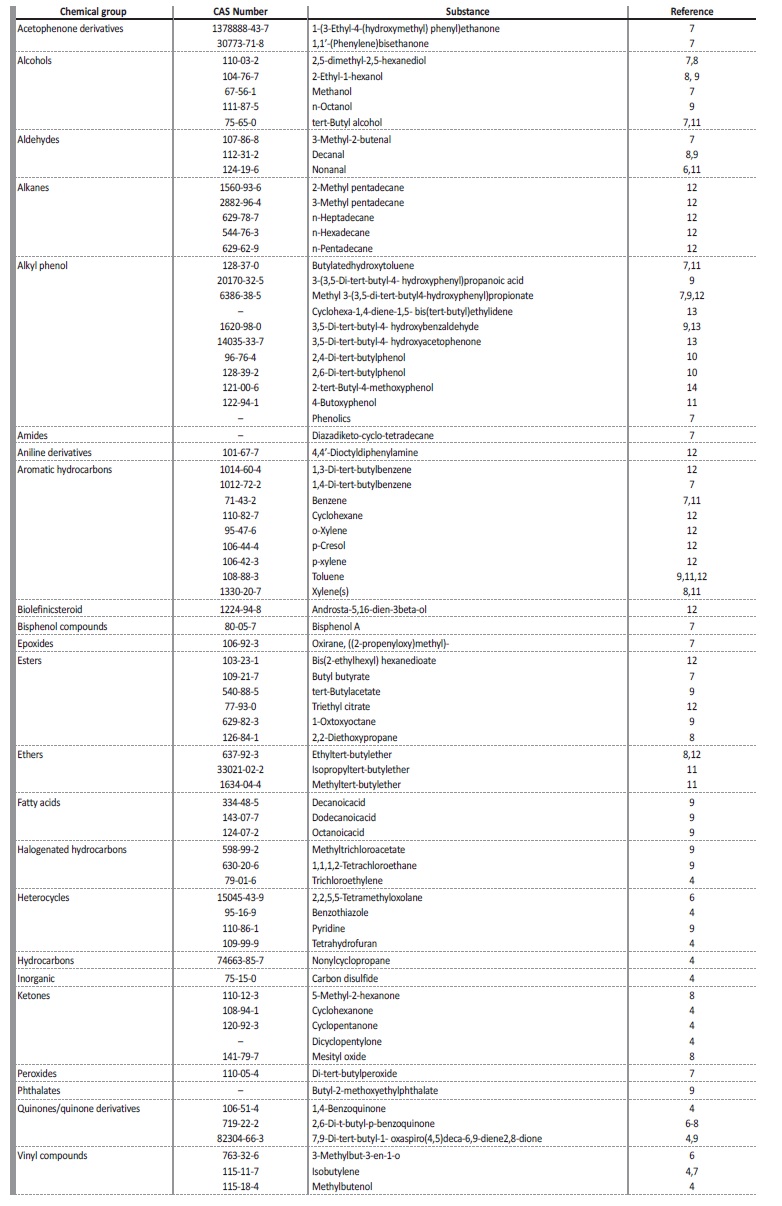Cross-linked polyethylene, commonly abbreviated PEX or XLPE, is a thermoplastic polymer, which is obtained through the polymerization of the ethylene.1 Cross linking of polyethylene into PEX pipes results in improved properties, such as thermal, chemical and abrasion resistance, as well as a slower crack growth, accompanied with a greater toughness.1 PEX piping is commonly used in home plumbing systems for heating, cooling, and water distribution systems.1 Recently, polyethylene cross linked using peroxide (PEX-a) has become a viable alternative to polyvinyl chloride (PVC), or chlorinated polyvinyl chloride (C-PVC) for use as distribution systems for ultra-pure hemodialysis water.2
Research has shown that PEX-atubing can leach organic carbon and sorbing contaminants into water, especially when heated,3 exposed to high PH levels,4 chlorine-based disinfectants4 or ultra-violet (UV) irradiation.5 More than 158 compounds including antioxidants and their degradation products, compounds of known origins, and compounds with unknown origins were detected and identified in water which was in contact with PEX-a tubing.6 Some examples include phenols,7-14aldehydes,7,8,11esters,8,9,12alcohols,7-9,12 ethers,8,11,12 hydroperoxides,10 ketones,7,11phtalates,12 and organic carbon, which could potentially act as substrate for the growth of microorganisms on the pipe surface.4 In a thesis work, Durand has found an increase in organic carbon for water exposed to PEX-a by 0.4 mg/L in the presence of chlorine based disinfectants.4 Also, in another work, Connell et al, has found that the leached organic carbon from PEX-a was greater than 0.15 mg/L after 7 days at 23˚C,12 exceeding the threshold value
(0.1 mg/L>15˚C) which significantly increased the probability of coliform occurrence.15 Table 1 report the common chemical substances leaching from PEX-a.
In hemodialysis, PEX-a tubing used as water distribution systems are raising concern about the potential for leaching chemicals into the dialysis water, especially when heated during the thermal disinfection or exposed to chlorine-based disinfectants.16 Patients on hemodialysis are exposed to hundreds of liters of dialysis water each week,however there are currently no guidelines regarding acceptable levels of these leachable substances in the dialysis water. The health effects of the leaching chemicals that have been evaluated toxicologically are significant, ranging from liver and kidney effects to adverse health outcomes on the reproductive, developmental, immune and nervous systems, endocrine disruption, and/or carcinogenicity.17 To date, no studies had been conducted to ascertain the effects of PEX-a leaching on dialysis water quality. We propose that particular attention be paid to research on this field in order to ensure patient safety.
















